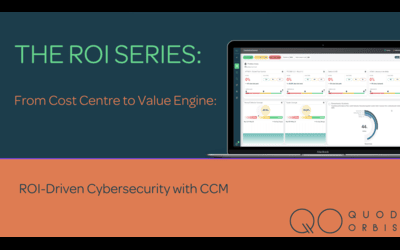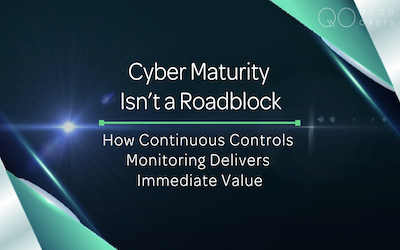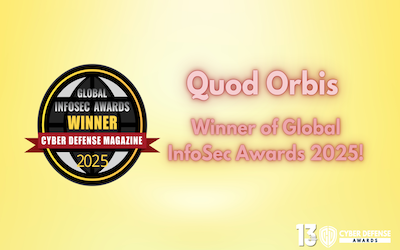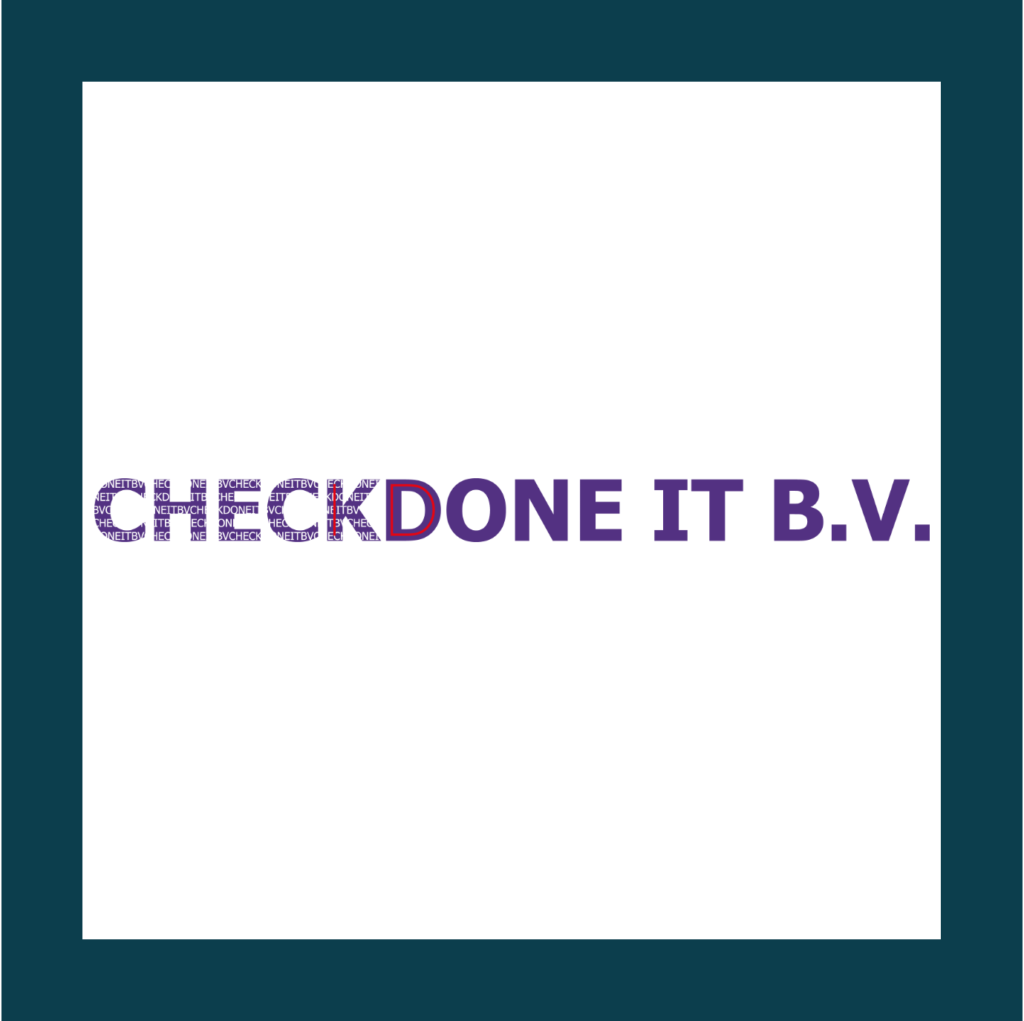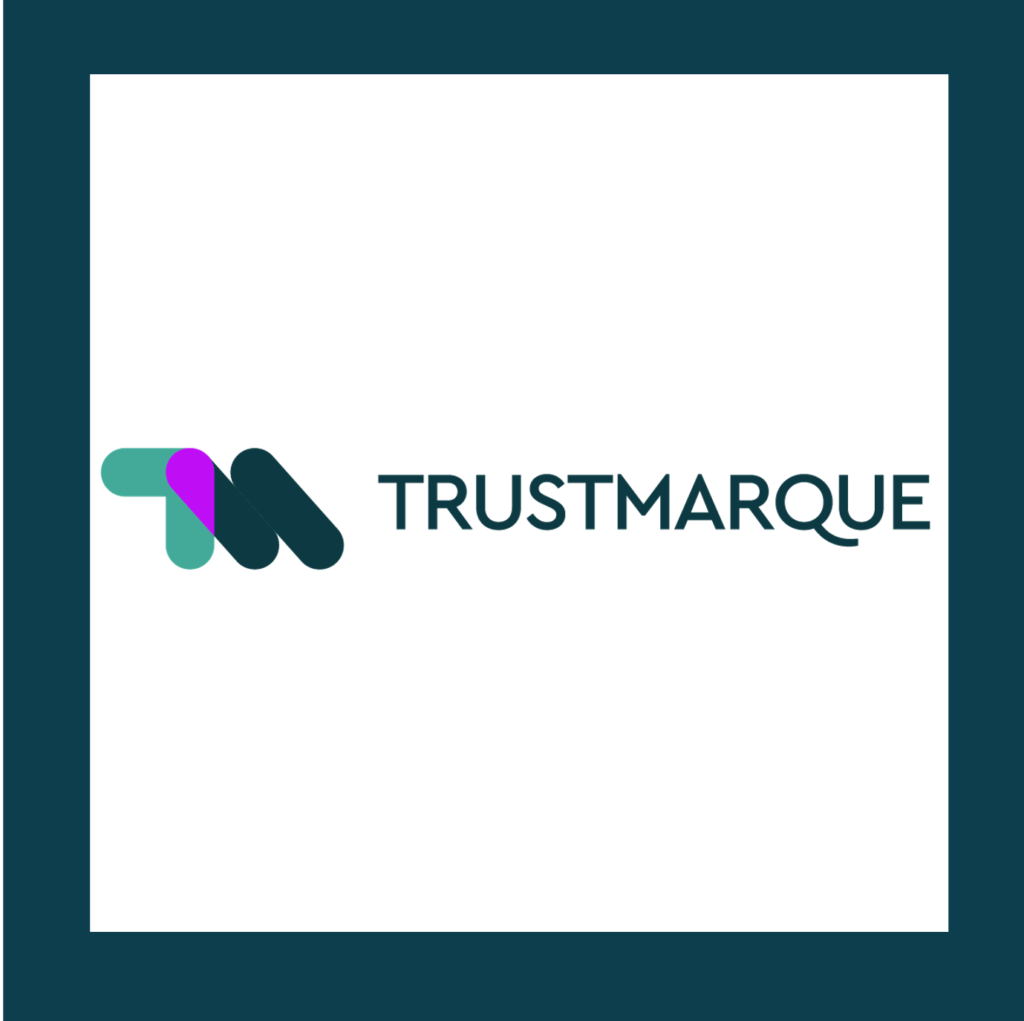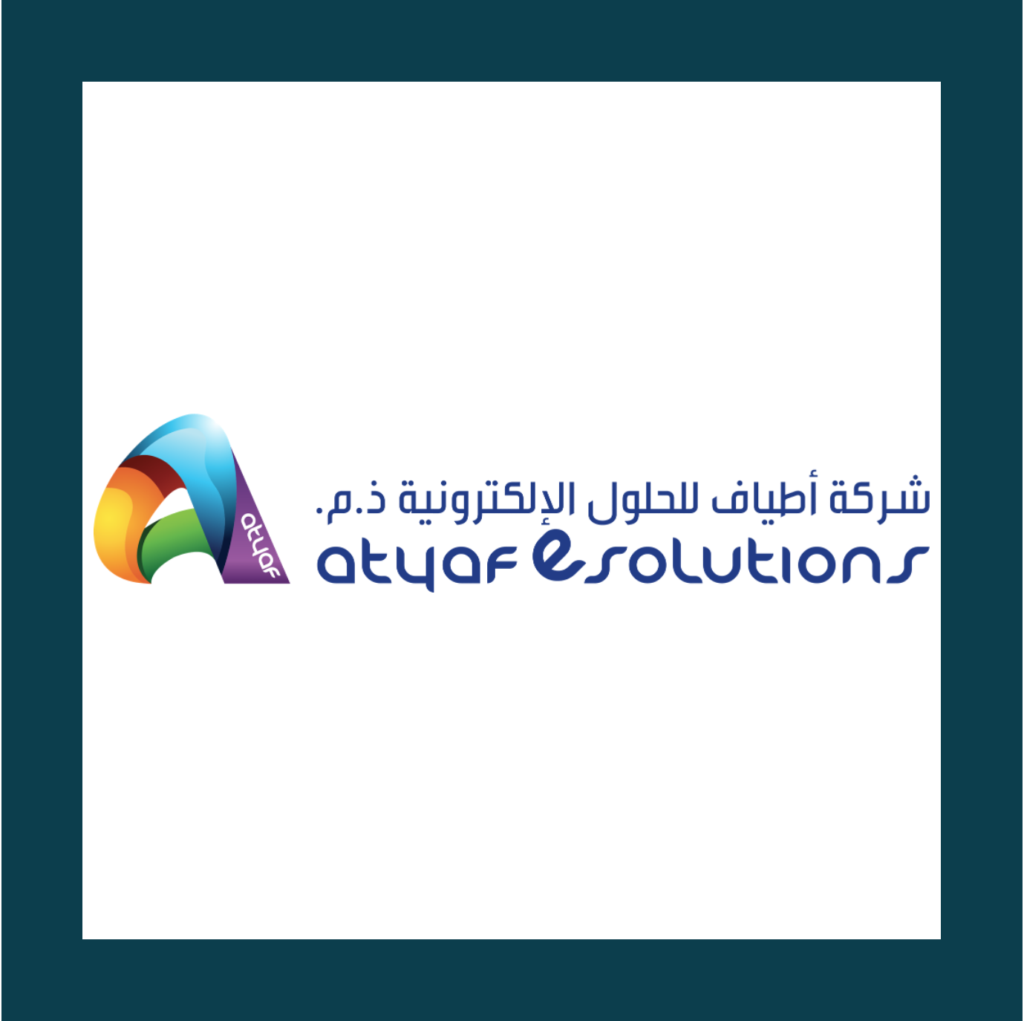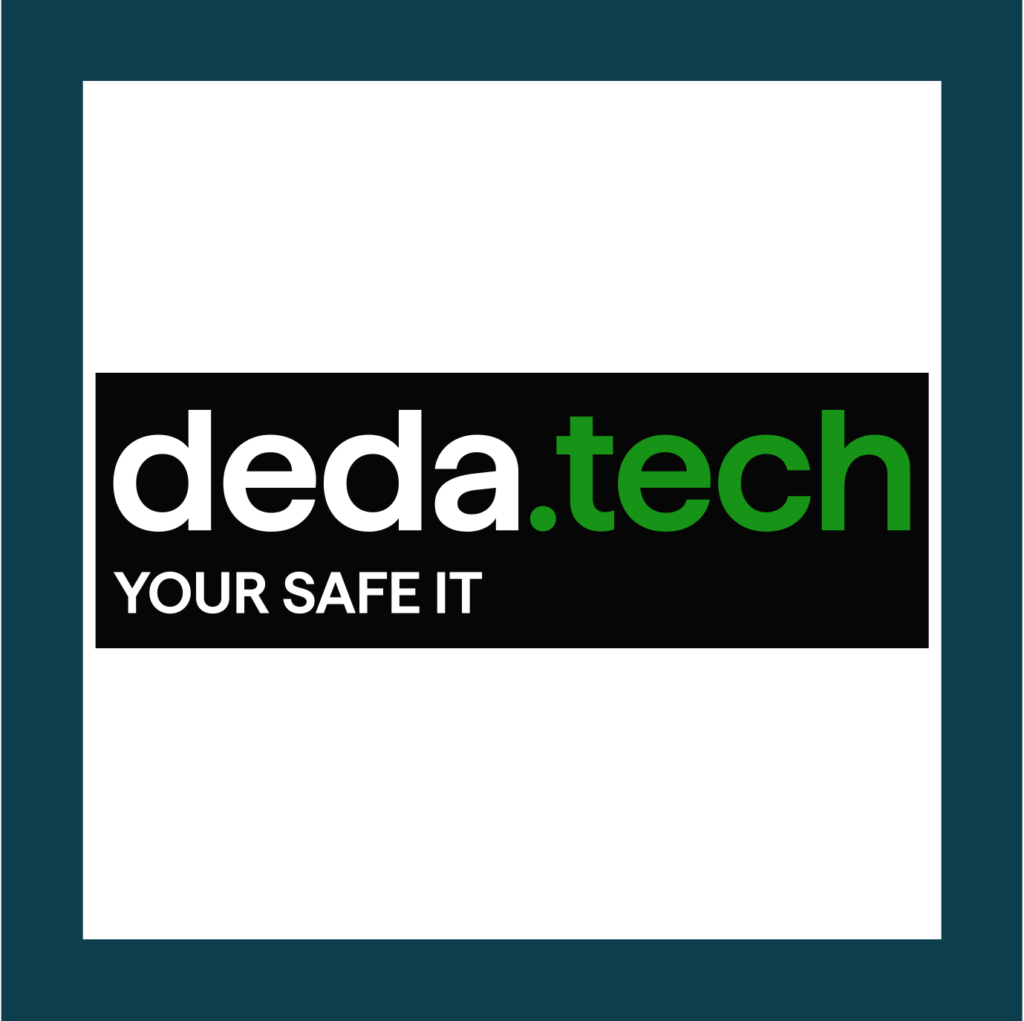The situation now in regulatory compliance
It’s well documented that regulatory compliance is becoming a hot bed of complication.
Let’s be clear – regulatory compliance has always had its challenges but increasingly we have evolved into an era of ever-evolving regulatory compliance that has such intricacies that enterprises with the largest of compliance teams are struggling to manage the demands. It’s almost impossible to stay ahead of the curve in this area, particularly if businesses have a hotch-potch of technology, multiple tools and multiple environments with multiple frameworks they have to manage.
On top of that, many frameworks (PCI, NIST and the impending DORA) are now calling for continuous monitoring in order to fulfil the regulatory demands. That is an impossible task if you are an enterprise that utilises manual efforts to gather the evidence that you need to prove compliance. However, the reality of manual efforts is that the moment you have gathered the data evidence, it is almost immediately out of date, and for far too long auditors have relied on this information to sign off on compliance.
Now here’s the rub. It is well publicised that businesses are under increasing attack from multiple entry points and this is highlighting the holes that need to be plugged. In all honesty that is just the cyber-attacks that we become aware of in the press, let alone the ones that don’t have to be reported and are brushed under the carpet.
Board Oversight shining a spotlight on regulatory compliance and cyber risk
So, boards are now becoming nervous and they do not want any kind of reputational damage and financial loss that is associated with either a cyber-attack or failure to comply with regulations. But with this oversight comes a challenge in the way compliance teams communicate. The fact is, it’s a different language. Compliance teams have to deal with the detail of requirements of frameworks that demand layers of controls, processes and oversight, whilst Boards really want to know how failure to comply will affect the bottom line. So compliance (and your cyber team) need to translate the challenges and risks in a way that relates to overall business strategy. (insert blog on this)
What are the key areas to focus on to get on top of regulatory compliance?
- Know where all your assets are – this is an area that many of our clients have struggled with. As a business has grown and evolved, assets become forgotten, teams move on and not knowing where everything is and what it’s doing is leaving your business vulnerable.
- Ascertain what shadow IT is within your organisation and implement strict rules.
- Review the multiple frameworks you have to adhere to, identify the overlaps and ascertain the gaps that need to be dealt with.
- Utilise technology to connect to every digital and non-digital area of your business to unite disparate tools in your organisation so that you can monitor and report in real-time on your controls state, your cyber risk and your regulatory compliance.
Staying ahead of the curve with continuous controls monitoring
Continuous monitoring of an enterprises entire business ecosystem is the key to managing all cyber risk and regulatory compliance demands. Technology Is now the answer at this point.
With the myriad of tooling organisations have procured they struggle to ensure they are fully deployed and configured let alone actually doing what you need them to. So teams spend their time managing technology and not managing your security. The fact lots of organisations have a ‘consolidation strategy’ alone suggests they have too many plates to spin. To add manually gathering information for a regulation into the mix is a further waste of resource of your team which given how technology can solve the issue, begs the question. If you far want to do more with less then CCM is a piece of kit you need to have in your armoury!
You may feel that is a bold statement – particularly from a business that promotes that technology, but we stand by what this technology can do for an organisation’s operational resilience.
The reality is, without having that continuous real-time visibility into the business’ entire ecosystem, organisations will not be able to keep up, let alone get ahead of the demands of regulatory compliance.
Gartner have a few acronyms in this space
To make matters more confusing a new acronym has entered the regulatory compliance space – Continues Compliance Automation. But don’t be fooled by this, this is essentially the same thing as Continuous Controls Monitoring except with some tiny nuances where some vendors may provide Excel templates for auditing purposes. This would not be necessary with CCM as you would have the customised dashboards to provide the evidence you need.
Automate the regulatory compliance processes – save time and operational costs with Continuous Controls Monitoring:
- Connection to any technology and any data source within an organisation creating a live asset repository – a necessary first move for any regulatory compliance framework. We often see that our clients discover more assets than they were aware of.
- Monitoring any control is a core aspect of the platform, allowing organisations to see when a control has degraded.
- Measuring security KRI’s in real time, meaning your business can be assured of its visibility of its cyber risk at all times.
- Aligns to any framework – this is a core area of compliance monitoring which means your organisation(s) can monitor any framework – you could potentially have multiple frameworks loaded up on the platform and be monitoring continuously your compliance posture.
- Assurance with real time evidence – Customisable dashboards mean that you can present your compliance status easily and readily and in real time without the laborious effort of collating all the information you need to manually.
Ultimately regularity compliance is more and more demanding. The need for continual monitoring is becoming more prevalent as a clear directive from many regulatory bodies; the only way that can be achieved is by implementing a tool such as Continuous Controls Monitoring.

